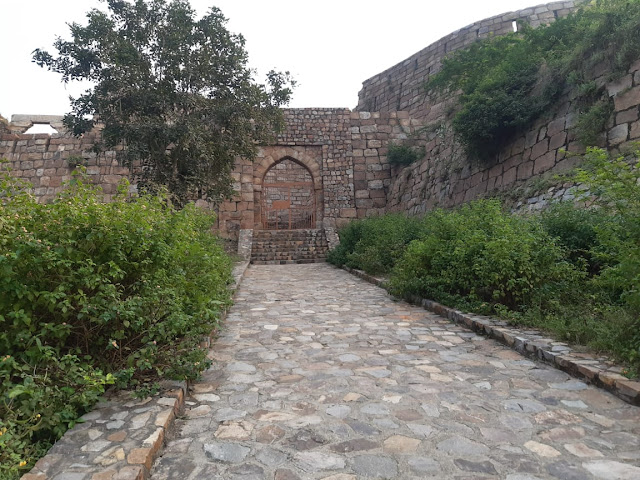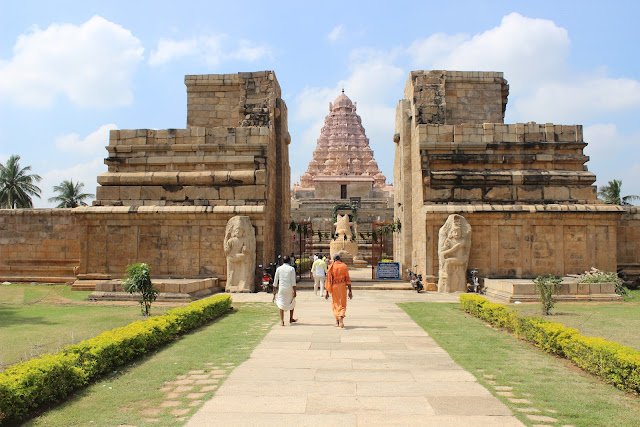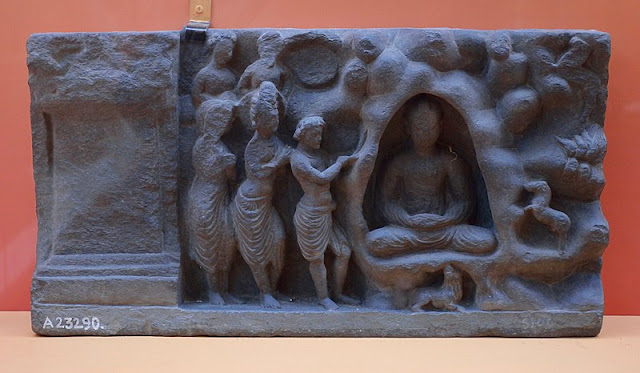Overlooked fort of Adilabad

Gate entry to Adilabad Fort Situated southeast of the massive Tughlaqabad Fort, on the opposite side of the Badarpur -Mehrauli road, the relatively unknown Adilabad fort is referred to by historians as the fourth fort of Delhi, the others being Red Fort, Old Fort and Tughlaqabad Fort. Adilabad fort has for long been in the shadows of Tughlaqabad Fort which was built by Ghiyas-ud-din Tughluq , the founder of the Tughluq dynasty, the third of the five dynasties, the combination of which went on to be called the Delhi Sultanate. Adilabad fort, on its part, was built by his son Juna Khan, better known as Muhammad bin Tughluq , who succeeded his father in 1325.





